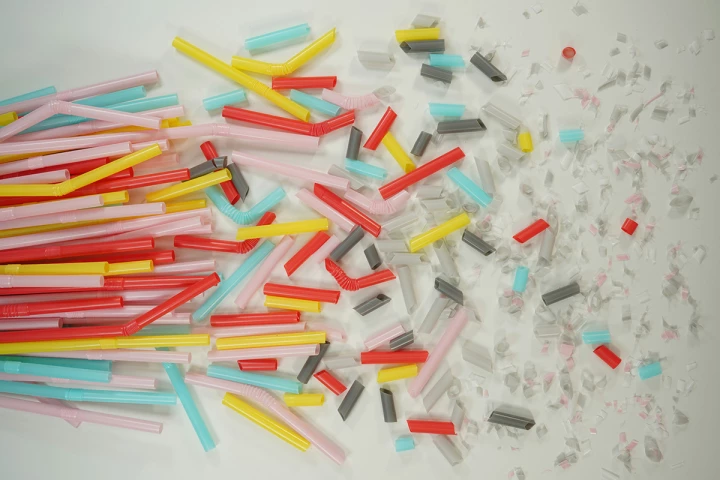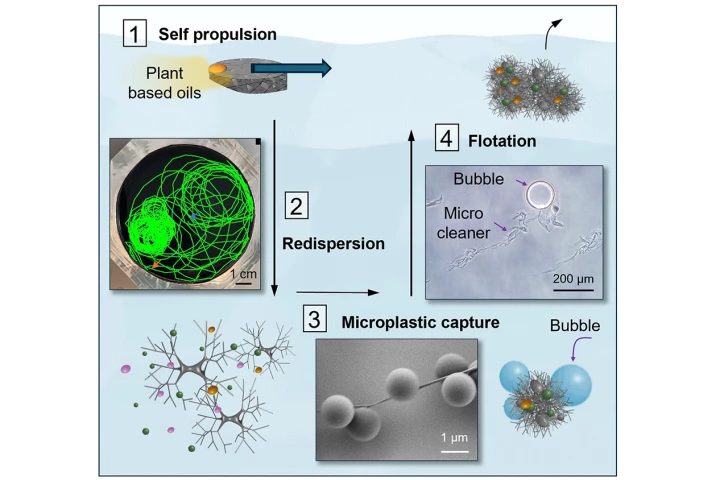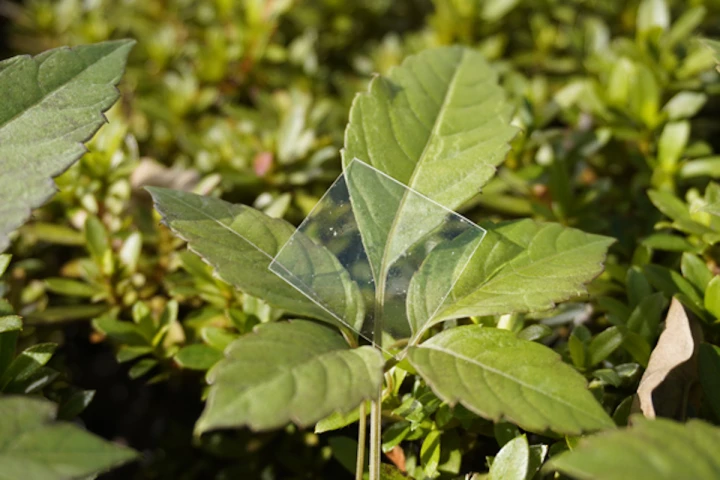Microplastic
-
The water leaving your washing machine may soon be a lot more eco-friendly, thanks to the anchovy. A filter inspired by the tiny fish could remove microplastics from the outgoing water, keeping them from entering local waterways.
-
We know microplastic particles are in the soil our food grows from but is it infiltrating our food chain, or just stirring up trouble at the roots? For the first time scientists have demonstrated how plastic could move from soil to food while it grows.
-
One of the problems with microplastics lies in the fact that the plastic particles can be so small, we don't even know they're present in water in the first place. A new type of engineered bacteria could help, by causing the particles to glow green.
-
Research out of France has revealed that we're probably harming our lungs without knowing it. Every day, we're inhaling tiny bits of plastic smaller than a speck of dust without even leaving the house – that's 100x more than previously estimated.
-
A new study analyzed beverages like water, soda, wine, and beer to find out how many microplastic particles were in each. The results were a surprise, with a container commonly thought to be safe actually found to carry the highest volume of particles.
-
One of the worries about microplastic pollution is the possibility that the particles may accumulate harmful bacteria in the environment, then pass them on to us. Well, that capability could soon put the particles to work as sewage monitors.
-
Wouldn't it be great if there were a way of chasing down waterborne microplastic particles and catching them for removal, as opposed to just passively filtering them out of water bodies? Well, new "microcleaners" can reportedly do that very thing.
-
Scientists at RIKEN in Japan have developed a new type of plastic that’s just as stable in everyday use as regular plastic, but dissolves quickly in saltwater, leaving behind only safe compounds.
-
By now, you've no doubt heard that modern living is filling our bodies with microplastics. But an alarming study now shows just how much of the non-degradable particles are in our brains, and how much higher they are in dementia patients.
-
A recent study has shown that nanoplastics – plastic particles smaller than 0.001 millimeters – block the body's ability to absorb antibiotics normally, and may even lead to the growth of antibiotic-resistant bacteria.
-
While people are becoming concerned about microplastic pollution in their drinking water, it's one of those things that the average person can't check for themselves. That could soon change, however, if a new prototype device reaches production.
-
Researchers from the University of Missouri have developed a relatively simple and safe method that allows over 98% of nanoplastic particles in water to easily be scraped off the top.
Load More











